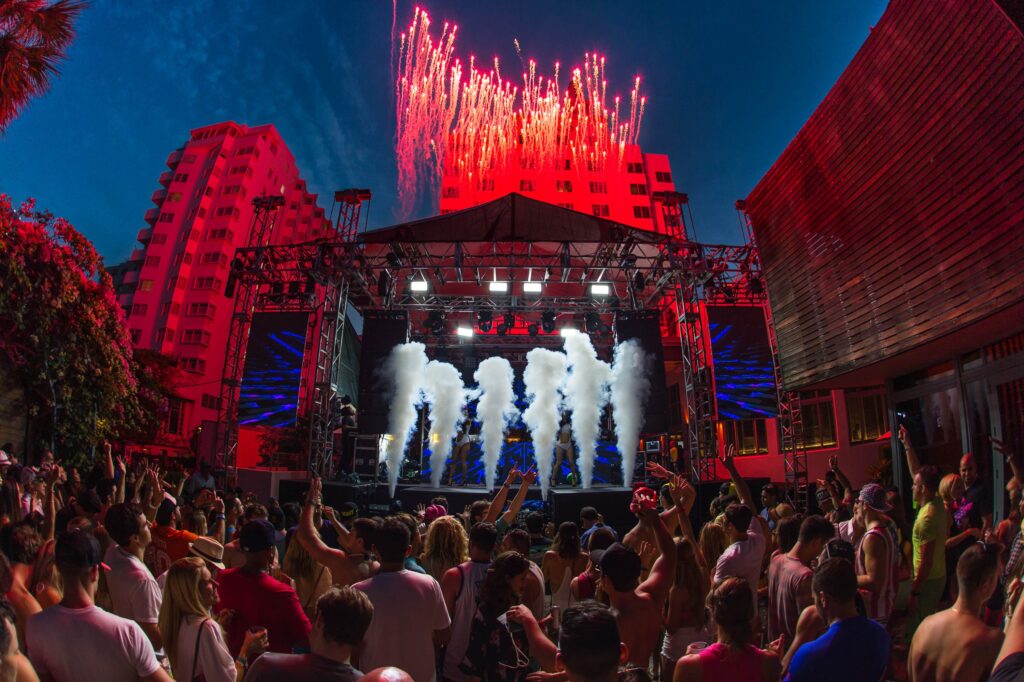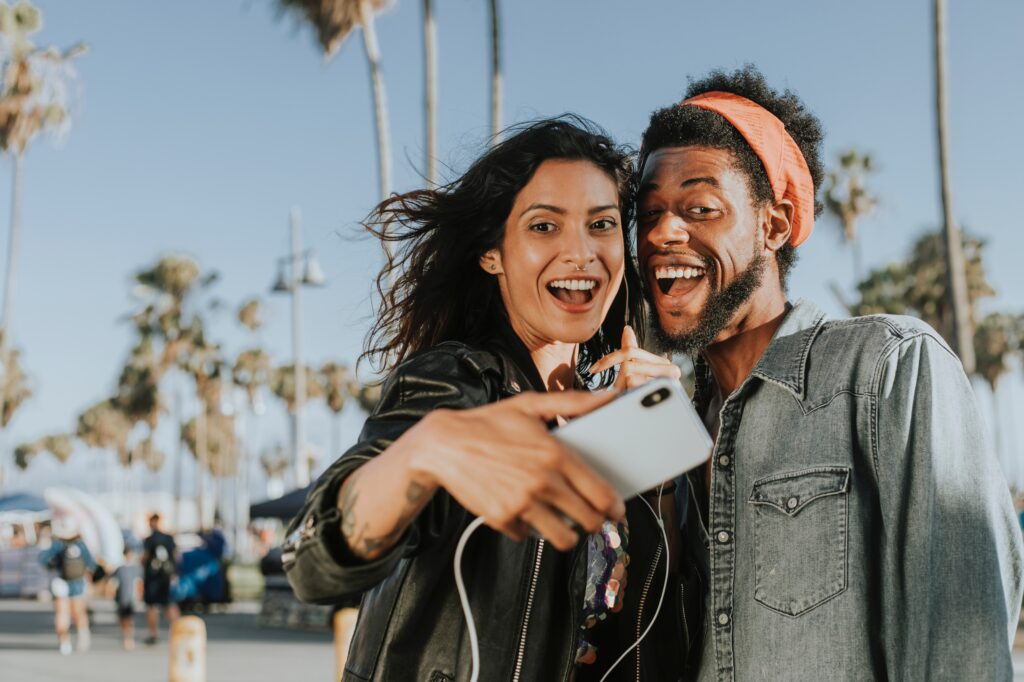There can be little doubt that influencer marketing is one of the top marketing trends at the moment. Using the power of influencers, brands can reach large, niche-specific audiences quickly and easily. This form of promotion is so popular that an incredible 86 percent of professional marketers took advantage of it in 2016, with still more growth expected going forward.
Check out our ambassador program playbook to learn how brands scaled their ambassador program hundreds of participants generating thousands of new customers and putting them on track to $100,000/month in measurable referral revenue in the next 12 months.
What you should be aware of before using influencer marketing, however, is that there are many different types of influencers on many different platforms. In order to get the most out of this exciting development in marketing, businesses need to understand the advantages of different platforms and choose to focus on the ones that are best for them. Following are explanations of what four of the top influencer marketing platforms have to offer your business.
As the world’s largest social media site, Facebook is perhaps the most obvious platform for influencer marketing. Facebook influencers can often reach large audiences that are more targeted than even the platform’s own advertising algorithms, resulting in more successful marketing campaigns. Facebook also encourages viewers to like and share posts, which in turn creates visibility beyond the original influencer’s audience. Interestingly, Facebook is also the most commonly preferred platform for the influencers themselves. A 2016 survey found that 32% percent of influencers favored Facebook, compared to the next-highest platform, Instagram, at 24% percent.
Though it receives less attention than Facebook, Twitter is another great option for promoting your business with influencer marketing. A survey conducted by Twitter, found that an impressive 49% percent of Twitter users actively relied on influencers for product recommendations. The same survey found that 40% percent of users even followed brands directly on Twitter. In part because of its format of concise posts, Twitter is also among the most cost-effective influencer marketing options. A 2016 report analyzing the cost of micro-influencers found that 96% percent charged $100 or less per branded tweet.
YouTube
Far more than a source of cat videos and gaming tutorials, YouTube is an incredible marketplace for influencers and the brands that use them to gain exposure. The video format allows influencers to convey much more information about your brand or product than any social media post could possibly contain. This fact gives YouTube influencers the ability to simultaneously raise brand awareness and drive sales of your products. Best of all, YouTube videos can remain relevant and accessible for months or even years after they are published. This means that influencer campaigns run on the video hosting site will have more long-term impact than social media campaigns, which are generally short-lived.
Last but not least among the top influencer marketing platforms is Instagram. This image-based social media site has risen to become one of the powerhouses of digital marketing over the past few years, and with this trend has come a tide of influencers ready to help businesses expose their products and services to the masses. In fact, the influencer marketing industry on Instagram is now worth more than $1 billion.
The most striking advantage of Instagram influencer marketing is that the platform’s users react more positively to branded content than those on almost any other social media site. According to statistics gathered by Brandwatch, roughly 70 percent of the most popular hashtags on Instagram are branded, indicating high user engagement with branded content. Instagram is also regarded as a top platform for targeting consumers with disposable income, particularly millennials.
Though practically any platform that people use to share content can be used for influencer marketing, however these four are among the largest. By reaching out to audiences through trusted influencers on Facebook, Twitter, YouTube and Instagram, your business can rapidly generate brand awareness and increase sales.
Don’t have a program yet? Learn how to start a brand ambassador program.
Learn more about BrandChamp’s Brand Ambassador Platform, enabling brands to recruit and scale their program to thousands of participants with less time and effort.
Are you a fashion brand? Check out these fashion brands that are using their fashion ambassador programs to scale.













